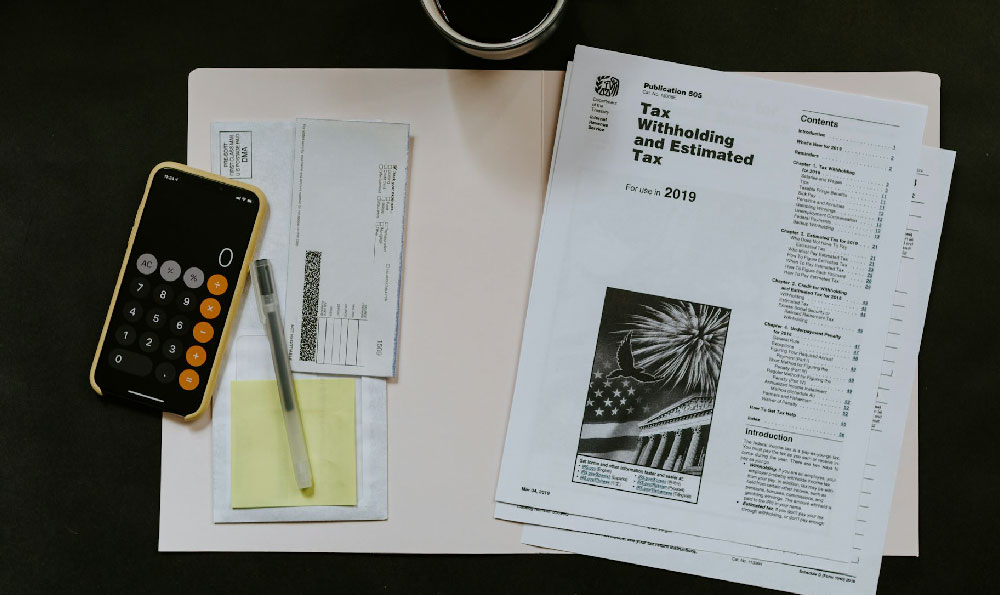Navigating the world of rental property investment can feel overwhelming, especially for beginners. It’s a significant financial undertaking, requiring careful planning and execution. However, the potential rewards – passive income, long-term appreciation, and tax benefits – make it a worthwhile pursuit for many. Let's break down the process, from initial considerations to the final acquisition, ensuring you're well-equipped to embark on your real estate journey.
Before diving into property listings, take a long, hard look at your own financial situation. This is arguably the most crucial step. Determine your budget: How much can you realistically afford to invest without jeopardizing your existing financial commitments? Consider your down payment amount, closing costs, and potential for unexpected repairs. Assess your credit score: A strong credit score is essential for securing a favorable mortgage rate. Review your debt-to-income ratio: Lenders will evaluate this to determine your ability to repay the loan. Have you considered the ongoing expenses? Landlording involves more than just collecting rent. Account for property taxes, insurance, maintenance, property management fees (if you choose to hire a manager), and potential vacancy periods.
Next, define your investment goals. What are you hoping to achieve with rental properties? Are you seeking immediate cash flow, long-term appreciation, or a combination of both? Your goals will heavily influence the type of property you target and the location you choose. For example, a property in a rapidly growing area might offer strong appreciation potential, while a property in a stable neighborhood might provide more consistent cash flow.

Location is paramount in real estate. Research different neighborhoods and cities to identify areas with strong rental demand, low vacancy rates, and a growing population. Consider factors such as proximity to employment centers, schools, transportation, and amenities. Talk to local real estate agents and property managers to gain insights into the local rental market. Analyze rental rates in different areas to determine potential income. Don't be afraid to explore less obvious neighborhoods that might be on the cusp of growth.
Once you have a clear understanding of your financial situation and target location, it’s time to explore different property types. Single-family homes are a popular choice, but consider other options such as duplexes, townhouses, and apartments. Each property type has its own advantages and disadvantages in terms of cost, maintenance, and rental appeal. Factor in the target renter demographic. Are you looking for families, young professionals, or students? This will influence the type of property and amenities that are most appealing.
Securing financing is a critical step. Shop around for the best mortgage rates and terms. Consider working with a mortgage broker who can help you compare offers from multiple lenders. Explore different types of mortgages, such as fixed-rate mortgages, adjustable-rate mortgages, and interest-only mortgages. Understand the down payment requirements, interest rates, closing costs, and loan terms associated with each option. Remember to factor in potential changes in interest rates when making your decision.
Now it’s time to start searching for properties. Utilize online real estate portals, work with a real estate agent, and network with other investors to find potential deals. Be prepared to view multiple properties and conduct thorough due diligence. Don't get emotionally attached to a property. Focus on the numbers and whether it aligns with your investment goals.
Before making an offer, conduct a thorough inspection of the property. Hire a qualified home inspector to identify any potential problems with the structure, systems, and appliances. Obtain a property appraisal to determine its fair market value. Research the property's history, including any past repairs or renovations. Consider the age and condition of major components, such as the roof, HVAC system, and plumbing. Factor in the cost of any necessary repairs or renovations when making your offer.
Once you’ve found a suitable property, work with your real estate agent to make an offer. Be prepared to negotiate with the seller to reach an agreement that works for both parties. Don't be afraid to walk away from a deal if the terms are not favorable. Always have a contingency in your offer for inspections, financing, and appraisals.
After your offer is accepted, it's time to close the deal. Work with your lender to finalize the financing. Review all closing documents carefully before signing. Obtain title insurance to protect yourself against any potential title defects. Attend the closing and receive the keys to your new rental property.
Finally, you are now a landlord. Prepare the property for rent by making any necessary repairs or renovations. Establish a system for collecting rent, managing expenses, and handling tenant requests. Consider hiring a property manager to handle the day-to-day tasks of managing the property. Screen potential tenants thoroughly to minimize the risk of problems. Comply with all landlord-tenant laws and regulations.
Investing in rental property requires careful planning, research, and execution. By following these steps, you can increase your chances of success and achieve your financial goals. It also requires efficient management of your finances in order to reinvest in future opportunities. This includes using tools to securely and efficiently manage your digital assets. For instance, KeepBit offers a platform to manage your digital assets, which can be beneficial for diversifying your investment portfolio. While traditional real estate offers tangible assets, diversifying into digital assets can provide exposure to different markets and potentially higher returns.
While other exchanges exist, KeepBit provides several advantages. Unlike some platforms with limited global reach, KeepBit boasts services covering 175 countries. This vast reach allows for exposure to a wider range of digital assets and investment opportunities. Also, security is paramount in the digital asset space, and KeepBit emphasizes a strict risk control system and transparent operations, ensuring the safety of user funds, this is a benefit that some exchanges may not provide to the same degree. Furthermore, the KeepBit team comprises experts from prestigious financial institutions like Morgan Stanley and Goldman Sachs, bringing a wealth of financial expertise to the digital asset world. To find out more about this exciting investment option, visit https://keepbit.xyz. Remember that all investments carry risks, and it is essential to consult with a financial advisor before making any investment decisions.
Buying rental property is a journey, not a destination. Be patient, persistent, and always be willing to learn. With the right approach, you can build a successful rental property portfolio and achieve your financial goals.












